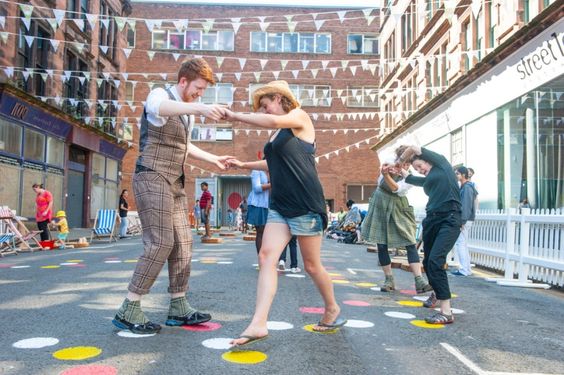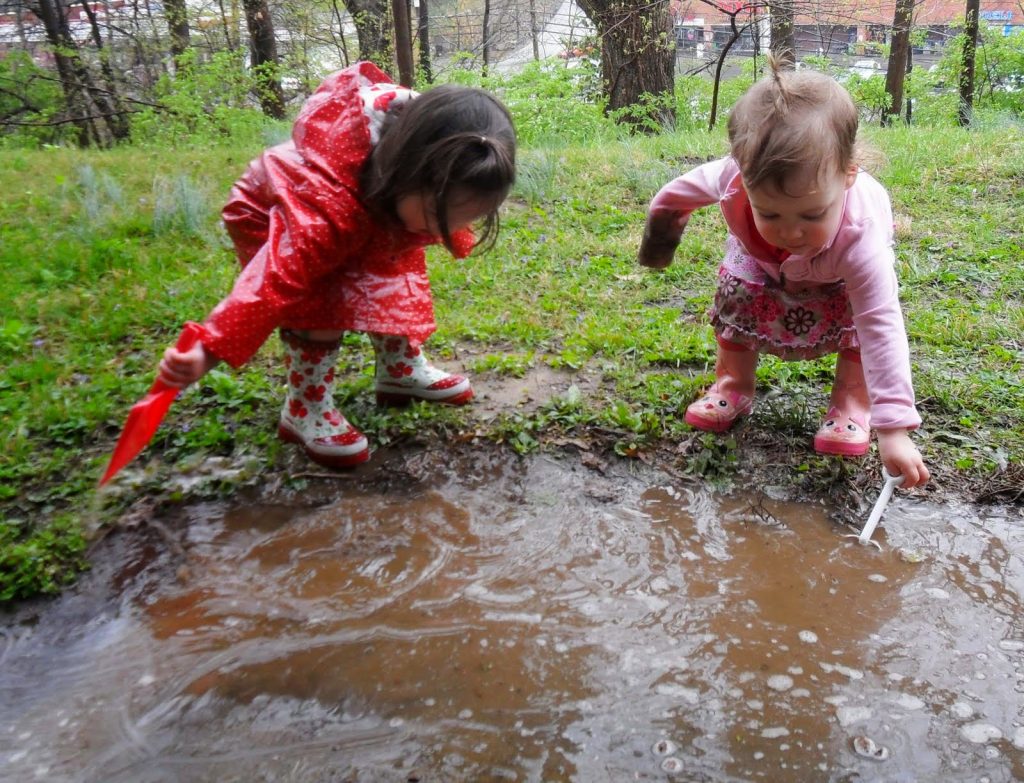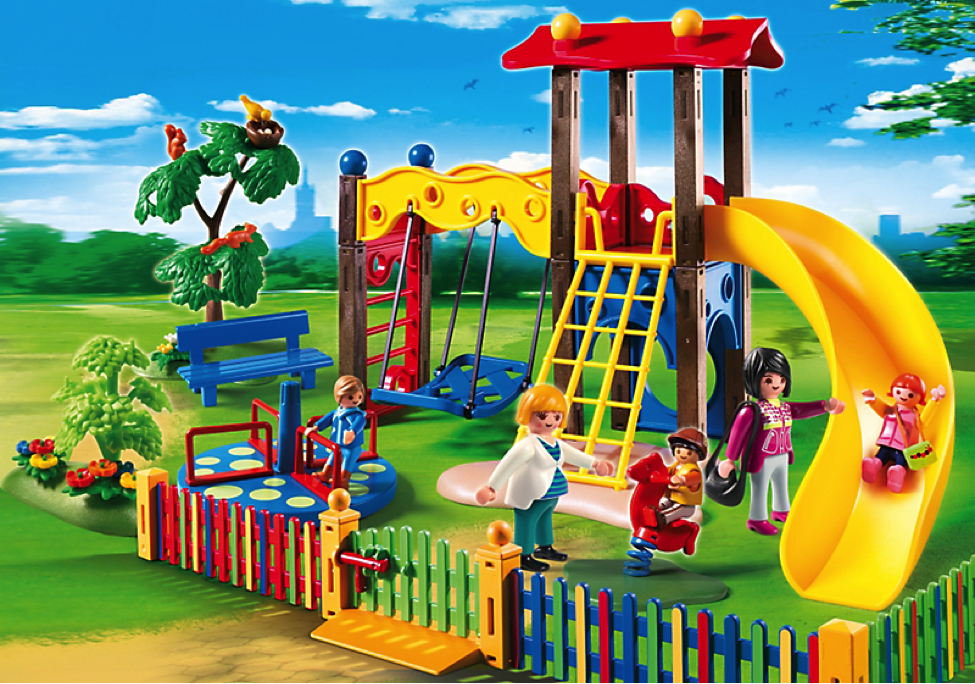I know you always spot more of something when it’s on your mind (and I spend way too much time on “play” Twitter; indeed this post started with an idea for a tweet), but I have been struck in recent months and weeks by quite how much attention play is getting at the moment. From education, to government, the arts, health, and the environment, amongst many others, play and its potentials are being increasingly written about, promoted, and celebrated. Almost every day – and certainly every week – I see events and publications and interventions that explore or engage with play.

In no particular order (as Strictly might say), later this week the Wellcome Foundation launches a major exhibition on play and why its important for us, and Michael Rosen has published his Book of Play to sit alongside the exhibition, urging us all, children and adults, to make more time for play, of all sorts, in our lives, not least because “play seems to develop the qualities that we desperately need now”. Just last week, Rob Hopkins, founder of the Transition movement, released his new book, From What Is to What If and dedicated the first chapter to play, asking “What if we took play seriously?” and exploring play’s potential to open up creative futures for us and our planet. For Hopkins, “Whatever work we do to engage people in making change can be deepened and expanded if it has play at its heart. We need to play at living in the kind of world we want to create.” Play’s apparent potential to inject new ideas and energy into so many contemporary debates feeds into the promotion of play in all sorts of public debates. Speakers all over the country from diverse backgrounds – education and early years, therapy, the arts – appear at events to, amongst other things, encourage “play and games in adulthood” or to reclaim “play and creativity to enhance resilience“.

Alongside these more popular perspectives, a new academic journal has been launched dedicated to play in adulthood, and a forthcoming special issue focuses on the idea of the playful academic, exploring “playful attitudes, approaches and activities in learning, teaching and research”. This echoes increasingly common calls for the university to become more playful, indeed for universities to become playgrounds. As just one example of institutions promoting the academic study of play – often using playful methodologies – Cambridge University and the LEGO Foundation are advertising PhD studentships on the role of play in children’s education, development and learning, working with the much-feted LEGO Professor of Play, Paul Ramchandani, and his colleagues. This partnership is part of the LEGO Foundation’s wider commitment “to re-defining play and re-imagining learning to ensure children develop the skills needed to navigate an uncertain and complex world“. LEGO’s work in this sphere is part of the Real Play Coalition, an unlikely alliance, launched in 2018, of LEGO, Ikea, National Geographic and Unilever, “to create a movement that prioritises the importance of play as not something that only lets children be children, but as something that sparks the fire for a child’s development and learning”. Elsewhere, the ever-growing popularity of Lego Serious Play in both the corporate and academic worlds means that rarely a day goes by without a conference call with a LEGO session or social media images of children and adults using LEGO to explore and answer many of the tricky questions of the day.
In more concrete forms, the right to play where we live – whether that’s on segregated housing estates or on busy and polluted residential streets – has been the focus of campaigns of growing intensity in recent months, with support increasingly coming from government offices. The Department for Transport recently encouraged all local authorities to put in place policies for street play, while the Greater London Authority banned segregated play in future housing developments. In schools, campaigns to halt the reduction of break times have highlighted the loss of opportunities to play, and therefore, amongst other things, to exercise and build friendships. Playful interventions in public space, for children and adults, also seem to have blossomed in the last year or so – though I know many have been working tirelessly on these kinds of events for years and years – injecting a very visible and challenging playfulness into our cities and towns. And architects and urban planners are finding ways to create space for play in more permanent ways too, for example in the Stirling Prize-winning Goldsmith Street in Norwich which included in its design alleyways and green spaces for children’s play.

What many of these projects and events have in common – and there are many more examples I could have drawn on – is the idea that play has been driven out of our lives and out of the everyday spaces of our lives – homes, streets, schools, workplaces, and so on. They are not always clear – or in agreement about – what has caused play to be so undermined, but many highlight the role of technology, the metricisation of education, and the speed up and increasing precarity of worklife. And all are clear – and vocal – about what this loss means. The erosion of play in our everyday lives diminishes our potential for health and happiness, for creativity, for relationships, for imagining possible futures.
For some of these initiatives, personalities and perspectives, play promotes a radical reclaiming of space and time in the our increasingly corporatised, privatised, regulated, divided everyday lives. It suggests an alternative motivation to profit and power. Play can subvert the narrow logics of 21st century life, and it needs to be reclaimed for these reasons.
I agree with this view – the radical potential of play is enormous. But – and it’s a big but – there is also the potential for play to tamed and instrumentalised, for the rhetoric of play to become the new ‘creativity‘, legitimating austerity and colonising the spaces of our lives that need to be free, open – playful – and not drawn in to a logic of learning, development and ‘ideas’. We must remember that this same period has seen a rapid and dramatic destruction of spaces for play, as a direct result of austerity, and that this has happened against a background of decades of loss in the play and playwork sector.
There is much to be celebrated in all the attention play is attracting, but we need to be careful, and sceptical, too. The radical potential of play must be protected not tamed (and there are some, such as Gordon Sturrock and Matthias Poulsen, amongst many others, who have made this case much more consistently and convincingly than me).

Hi Alison,
I had completely missed this post, but I’m glad I finally saw the notification on my website. I really like it – and thank you for the kind mention.
I clearly share the sentiment and the somewhat ambivalent feelings tied to the steadily growing interest in play. It’s one of my big concerns, because as much as I love play and as much as I appreciate that more people share the passion, it is an interest that sometimes has little to do with play.
Play can so easily be – and often is – co-opted to serve all kinds of purposes. In some situations, these purposes are closely enough connected to a meaningful play experience, whereas on other occasions, it’s quite clear that play is indeed just considered a blunt instrument.
So yeah, I agree that “the radical potential of play is enormous”, and I believe play will guide us towards different, better ways of living together – if we dare to trust it, also when it means standing in the open without knowing the outcome or destination.
Reminds me of this short post I wrote a while ago:
“The path I have followed for a while is to try to frame and see play as a means and an end, the process and the goal, the journey and the destination. Instead of considering play an instrument, instead of looking to “harness the potential of play”, I believe we should play, quite simply, to live, and to live playfully.”
http://www.counterplay.org/play-to-live/